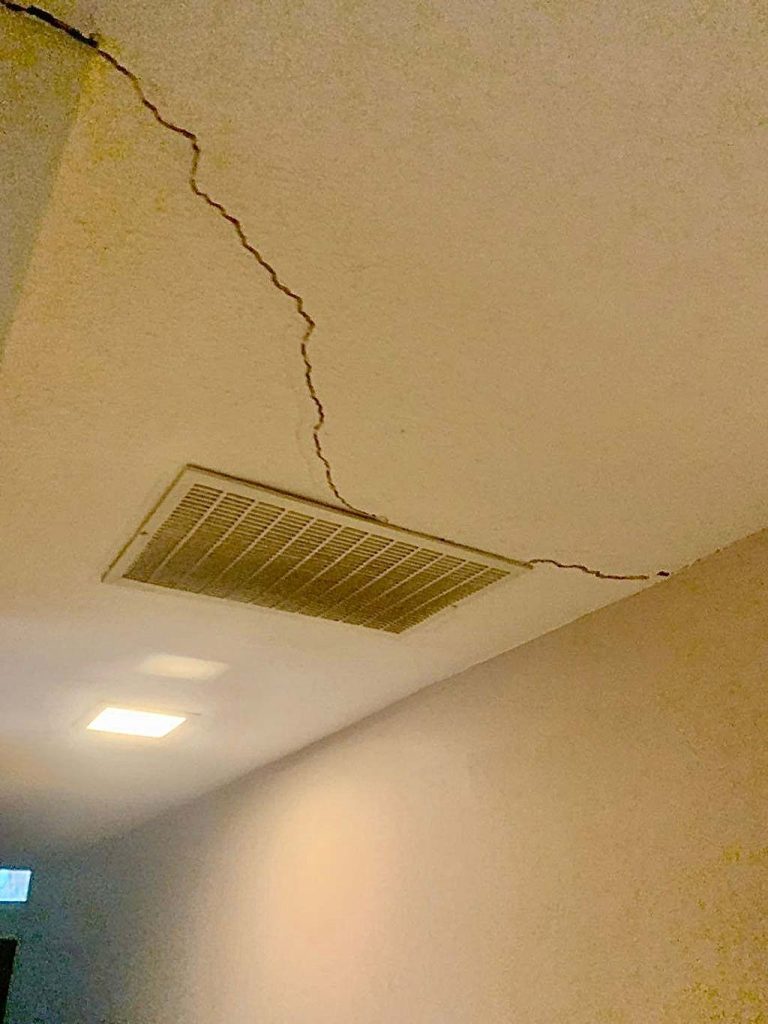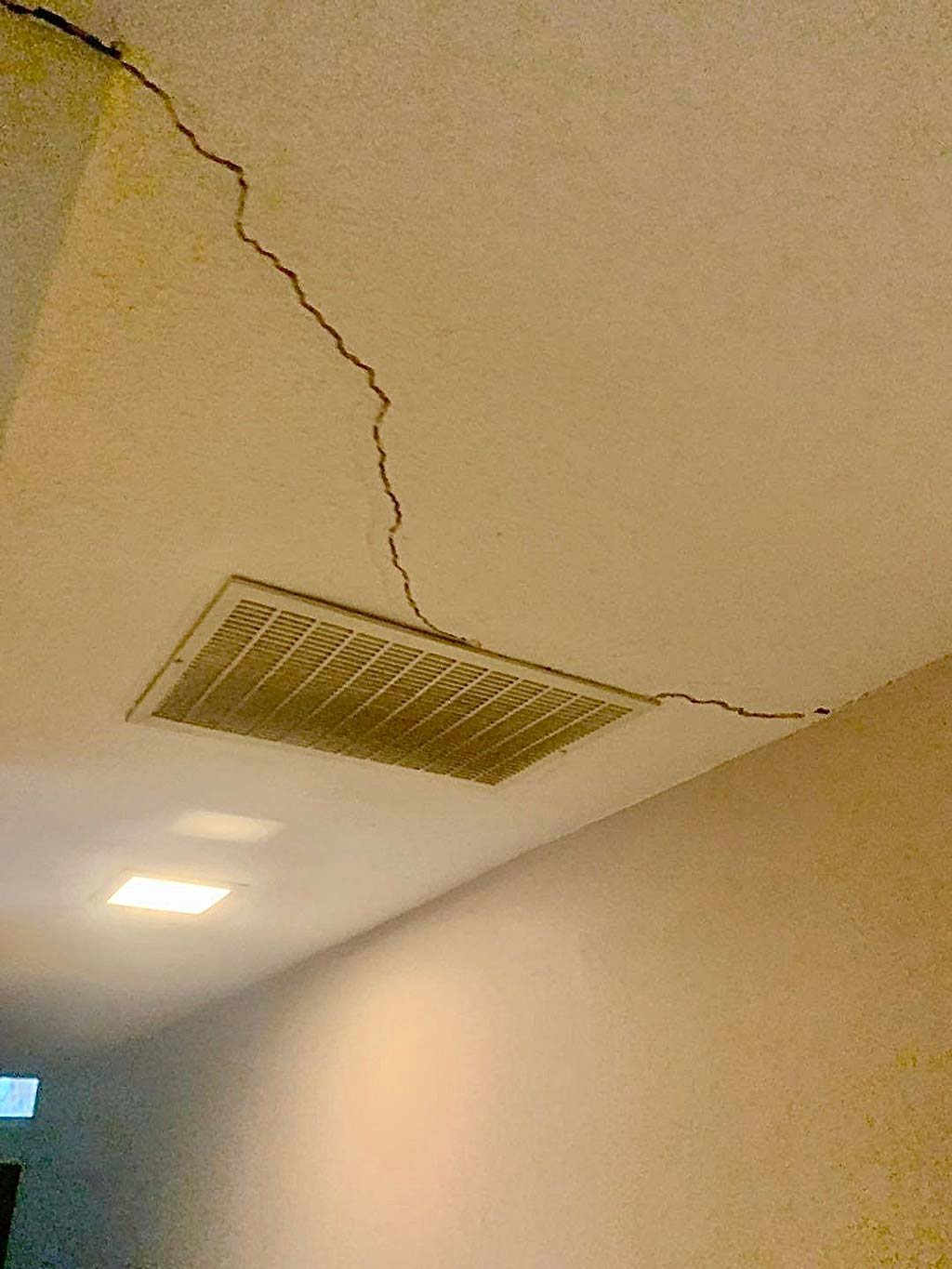When it comes to the integrity and aesthetics of our homes, the last thing we want to see are unsightly cracks in our walls and ceilings. These flaws can be a nuisance, often causing stress and concern for homeowners. But what causes these cracks, and how can we address them? In this article, we will delve into the world of “Cracks In Walls And Ceilings Causes,” uncovering the underlying reasons for these imperfections and providing valuable insights to help you maintain a pristine interior.

Understanding Cracks in Walls and Ceilings
Cracks in walls and ceilings can be symptomatic of various issues within your home. These imperfections can appear in various sizes and shapes, and they may be more than just surface-level annoyances. Understanding the causes behind these cracks is the first step in addressing the problem effectively.
Cracks In Walls And Ceilings Causes
There are several significant factors that contribute to the development of cracks in walls and ceilings. Let’s explore them in detail:
1. Settlement and Foundation Issues
One of the primary reasons for cracks in walls and ceilings is the settling of a home’s foundation. Over time, the soil beneath your house can shift, causing the foundation to settle unevenly. This differential settlement can lead to structural stress, resulting in cracks in the walls and ceilings.
2. Temperature Fluctuations
Extreme temperature fluctuations can also play a significant role in the formation of cracks. In regions with harsh winters and scorching summers, the expansion and contraction of building materials can lead to cracks. These cracks are often more prominent in older homes with less flexible construction materials.
3. Moisture and Humidity
Excess moisture and humidity in your home can weaken the structural integrity of walls and ceilings. Water infiltration through leaks in the roof or plumbing issues can cause the materials to weaken and lead to cracks over time.
4. Poor Construction Practices
Inadequate construction methods, including the use of low-quality materials or incorrect installation, can result in cracks in walls and ceilings. These defects may not be apparent until years later when the materials start to deteriorate.
5. Earthquakes and Seismic Activity
In regions prone to seismic activity, earthquakes can cause significant structural damage. Cracks in walls and ceilings are common after an earthquake, indicating the need for immediate attention and repair.
Addressing Cracks in Walls and Ceilings
Now that we’ve identified some of the common causes of cracks in walls and ceilings, it’s essential to know how to address these issues effectively. Depending on the root cause, the solutions may vary:
1. Foundation Repairs
If the cracks are a result of foundation settling, it’s crucial to consult with a professional foundation repair specialist. They can assess the extent of the damage and recommend the appropriate repairs, which may include underpinning, piers, or other structural adjustments.
2. Temperature-Related Cracks
For cracks caused by temperature fluctuations, maintenance and preventive measures are essential. Ensure that your home is adequately insulated to minimize temperature-related stresses. Regularly inspect and maintain your home’s exterior to prevent water infiltration.
3. Moisture Management
To address cracks resulting from moisture and humidity, it’s important to address the source of the issue. Fix any leaks in the roof, plumbing, or windows to prevent water from entering your home. Additionally, use dehumidifiers and proper ventilation to maintain ideal indoor humidity levels.
4. Quality Construction
When poor construction practices are to blame, it’s a good idea to consult with a professional contractor. They can assess the quality of your home’s construction and recommend necessary repairs or renovations.
5. Earthquake Preparedness
In earthquake-prone regions, consider reinforcing your home’s structural elements to better withstand seismic activity. Consult with engineers and contractors experienced in earthquake-resistant construction techniques.
Read too: What Causes Water Bubble In Ceiling
Prevention is Key
Preventing cracks in walls and ceilings is always preferable to addressing them after they appear. Here are some proactive steps you can take to minimize the risk of cracks in your home:
- Regular Home Inspections: Conduct routine inspections of your home, looking for any signs of potential issues before they become severe.
- Proper Maintenance: Keep up with maintenance tasks, such as roof inspections and repairs, to prevent water infiltration.
- Foundation Maintenance: Address any foundation issues promptly and consider preventive measures, like installing proper drainage systems.
- Climate Control: Invest in climate control solutions, such as insulation and ventilation, to minimize temperature-related stresses.
- Quality Construction: When building or renovating, hire experienced professionals who use quality materials and construction practices.
By taking these preventive measures and addressing cracks in walls and ceilings promptly, you can ensure the long-term health and aesthetics of your home.
Conclusion
“Cracks In Walls And Ceilings Causes” can be a headache for any homeowner, but with the right knowledge and action, you can maintain a structurally sound and visually appealing living space. Understanding the underlying causes of cracks, addressing them effectively, and implementing preventive measures are essential steps in preserving the integrity of your home. Don’t let cracks in your walls and ceilings compromise your home’s beauty and safety; take action today to secure your investment.
